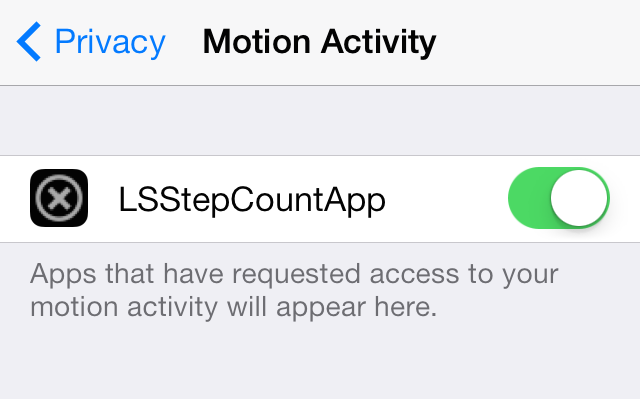It seems like ancient history, but Samsung was once at the forefront of smartphone design. The company innovated regularly, whether it was new display technology or bold form factors. Samsung’s more interesting efforts didn’t always result in commercial success, but you knew you’d get something exciting. Unfortunately, times have changed, and Samsung’s most recent efforts with the Galaxy S25 series are far from bold and innovative. The company hasn’t dazzled with a new design since the original Galaxy Fold, so I’m left wondering whether it’s still in Samsung’s capacity to amaze with a new smartphone.
No Thanks, Keep Reading
Still, the last two minutes of Samsung’s Galaxy Unpacked again gave me hope. The company teased the Galaxy S25 Edge, a slimmed-down version of its flagship phones. It brought back fond memories of another Samsung device with a similar name: the Galaxy Note Edge.
Curved displays were different a decade ago
Less about style and more about function
I celebrated when smartphone manufacturers stopped using curved displays in the last few years. I didn’t care much for the aesthetics, and I found them a hindrance on phones like the Galaxy S Ultra and Note series. I hated not being able to use the S pen on the entire display, and nothing made me more annoyed than trying to circle an image on my Galaxy Note 9 only to hit the curve and feel the S pen slide off the edge. Samsung tried a software solution where a screenshot would shrink the image to only the non-curved parts of the display, but it seemed like a silly workaround when we could just not have the curved display in the first place.
Related
The Galaxy Note 9 is the reason seven years of software support matters
Legacy devices are more useful than you think
By comparison, the Galaxy Note Edge’s curved display was functional. Instead of wrapping content around the frame, it used the curved portion as a secondary display, displaying notifications and menus separate from what was on the main panel. This concept was later mirrored in phones like the LG V10 and V20, and while I understand why we’ve moved away from them, secondary displays will always hold a special place in my heart.
The asymmetrical design threw some people off, making finding cases and screen protectors a nightmare, but it looked and felt like a phone from the future. I vividly remember seeing one for the first time in an AT&T carrier store, and I couldn’t wait to try it — a feeling I haven’t had from Samsung in many years. However, it wasn’t just the display that was neat about the Galaxy Note Edge, as the software was ahead of its time.
A dock before there was a dock
A better way to handle notifications
If you’ve ever used a Galaxy Note Edge or LG V20, you know how refreshing notifications are on those phones. Instead of new messages intruding on whatever you’re doing, incoming notifications are relegated to the secondary display. I can glance at whatever comes in without interrupting what I’m doing. It’s an elegant solution to the constant bombardment of apps vying for our attention. However, Samsung took things a bit further with the Galaxy Note Edge. The company introduced Edge Panels with the Galaxy Note Edge, which allowed you to park apps along the secondary display. The concept hasn’t changed much from the Edge Panels we have on Samsung phones today, but you didn’t have to swipe to reveal it.
Although it wasn’t a commercial success, it proved the company could deliver on the technology, and curved displays soon became the norm in future Samsung smartphones.
Setting up and flipping through Edge Panels was great. I could choose between fitness tracking, music controls, and real-time sports scores. A single tap launched the entire app if I wanted more information. Edge Panels have lost their usefulness in recent years, but I fondly remember when they were cool and innovative, if not a little distracting.
Failure led to something else
Innovation doesn’t always have to succeed to be successful
The Galaxy Note Edge wasn’t a sales hit. Third-party support for Edge Panels never materialized, and some users found it awkward to hold with the curve only on one side. It was also more expensive than the nearly identical Galaxy Note 4, a fan favorite. The secondary display wasn’t worth the additional cost for most users. Screen repairs were also expensive, and many cases for the phone left the curved edge exposed.
Although it wasn’t a commercial success, it proved the company could deliver on the technology, and curved displays soon became the norm in future Samsung smartphones. The Galaxy S6 Edge and S7 Edge introduced symmetrical curves, and by the launch of the Galaxy S8, curved displays were the default. You can learn a lot from failure, but it seems Samsung is utterly averse to trying anything that might alienate customers.
Maybe the Galaxy S25 Edge is a sign of more to come
I’m hoping the Galaxy S25 Edge brings some excitement back to Samsung. It’s been too long since I held a Galaxy phone, and I felt like I was using a phone from the future. Galaxy AI and other software improvements are fantastic and necessary, but nothing beats the excitement generated by creative engineering and stellar hardware.
I expect good things from the Galaxy S25 Edge. I hope Samsung fits it with a silicon-carbon battery and fantastic performance. If it’s light, powerful, and attractive, maybe I’ll have the same excitement I did the first time I picked up a Galaxy Note Edge.





